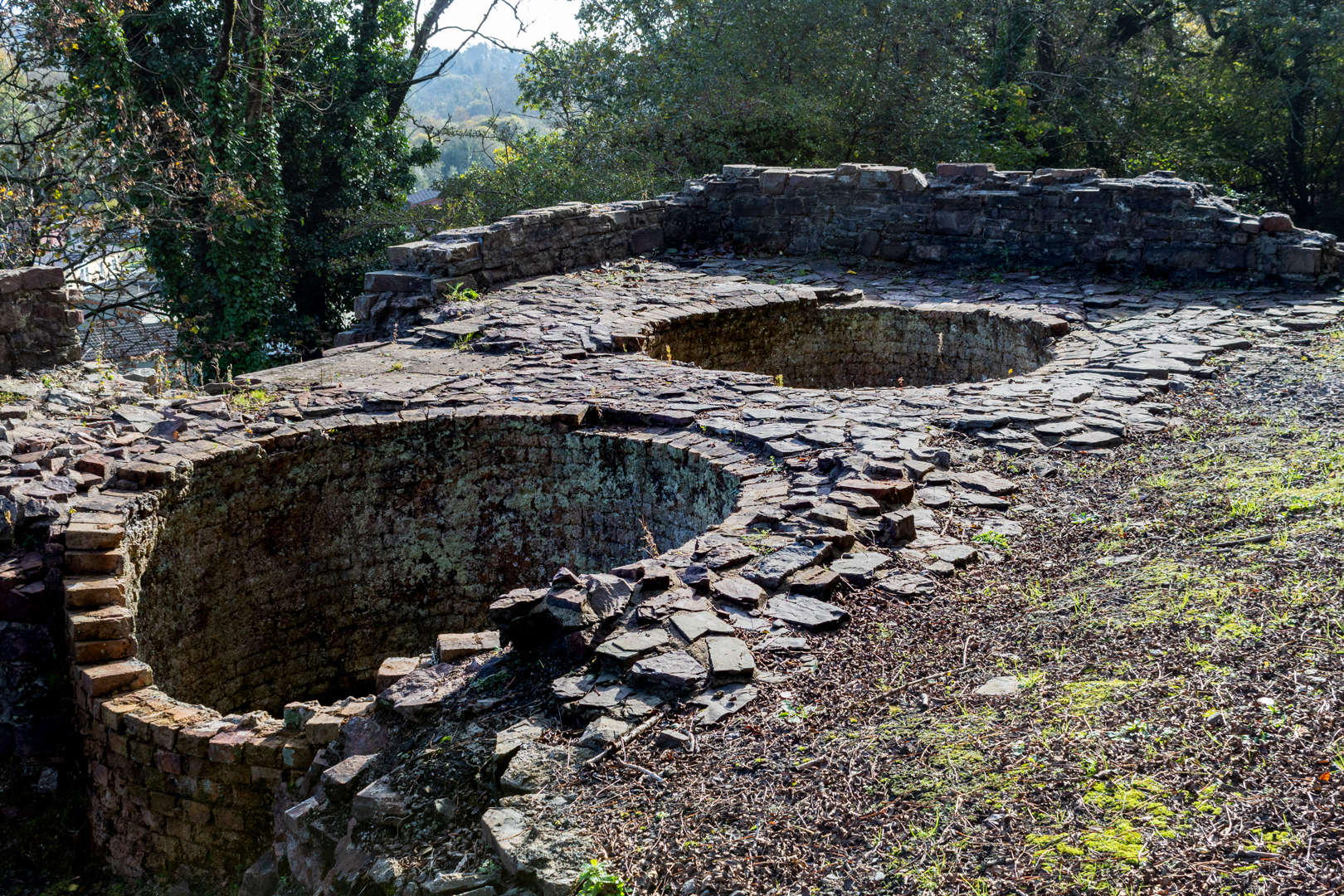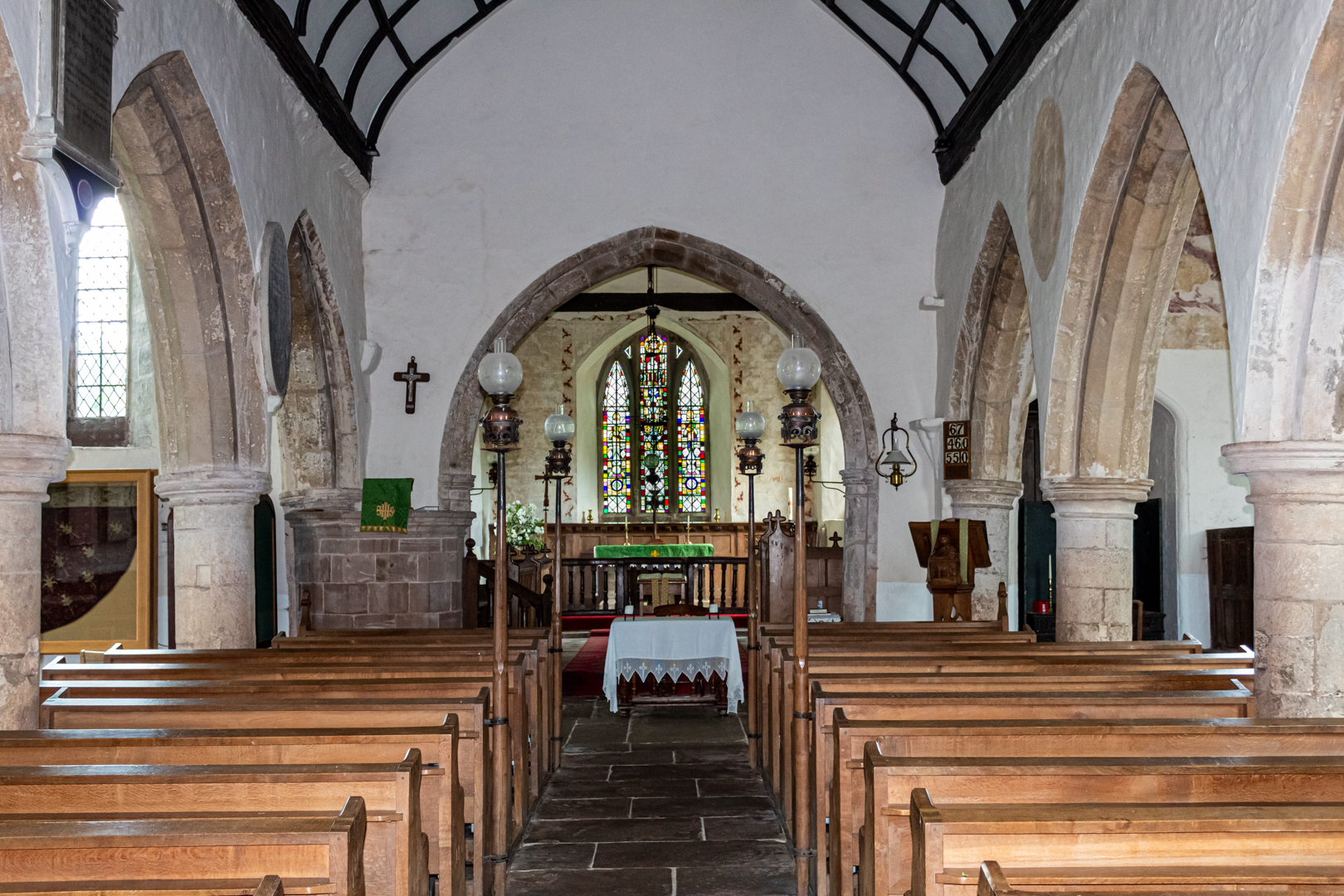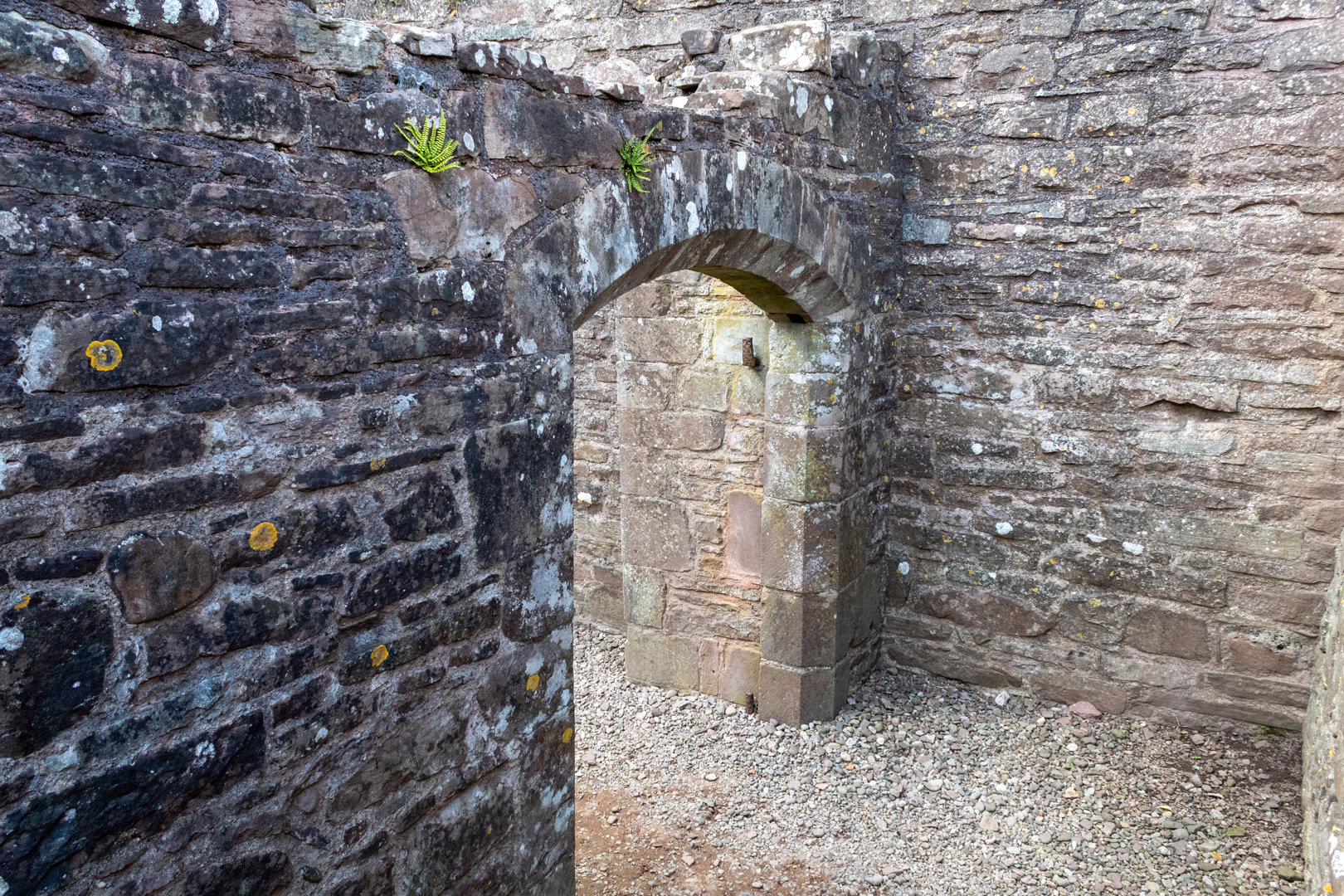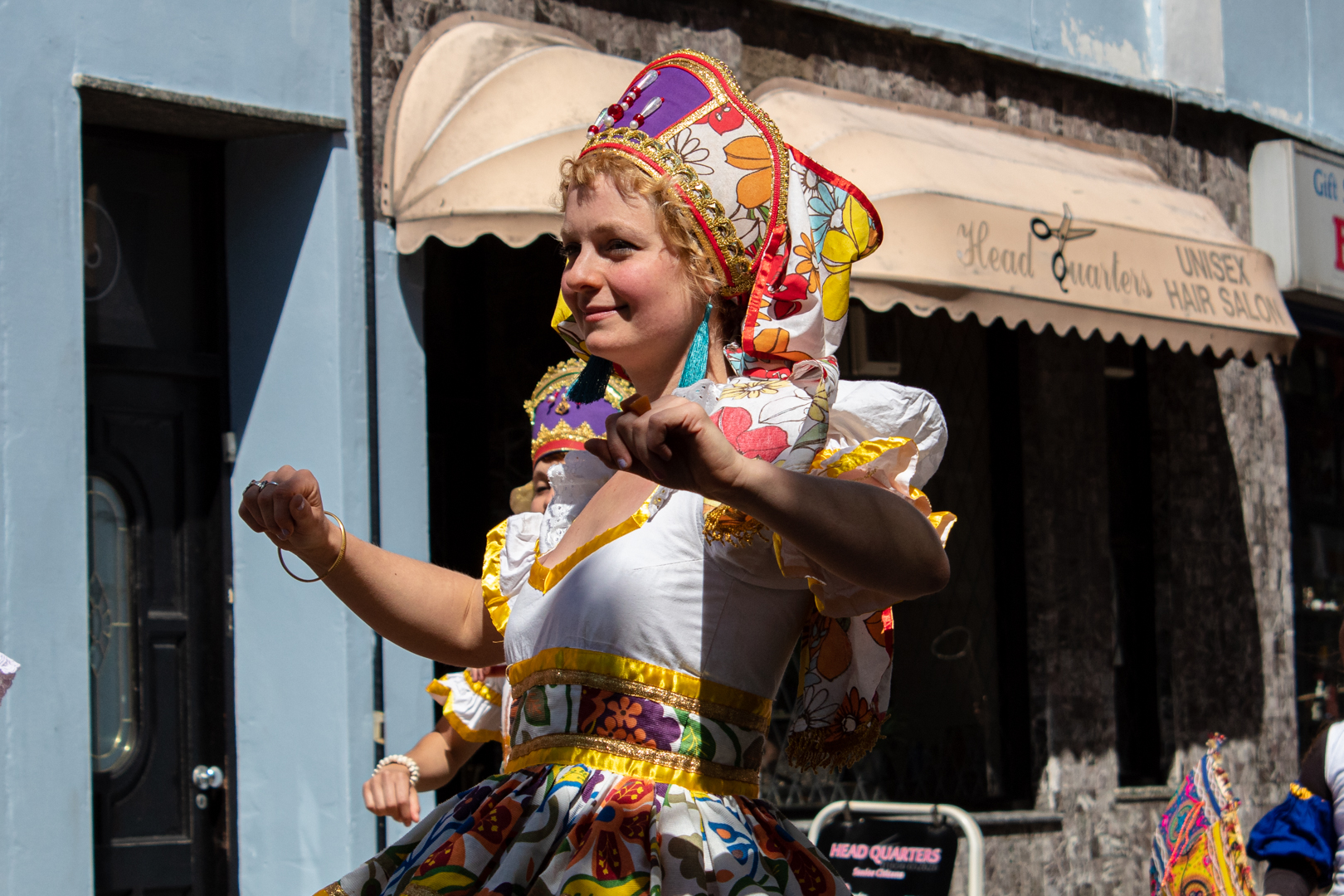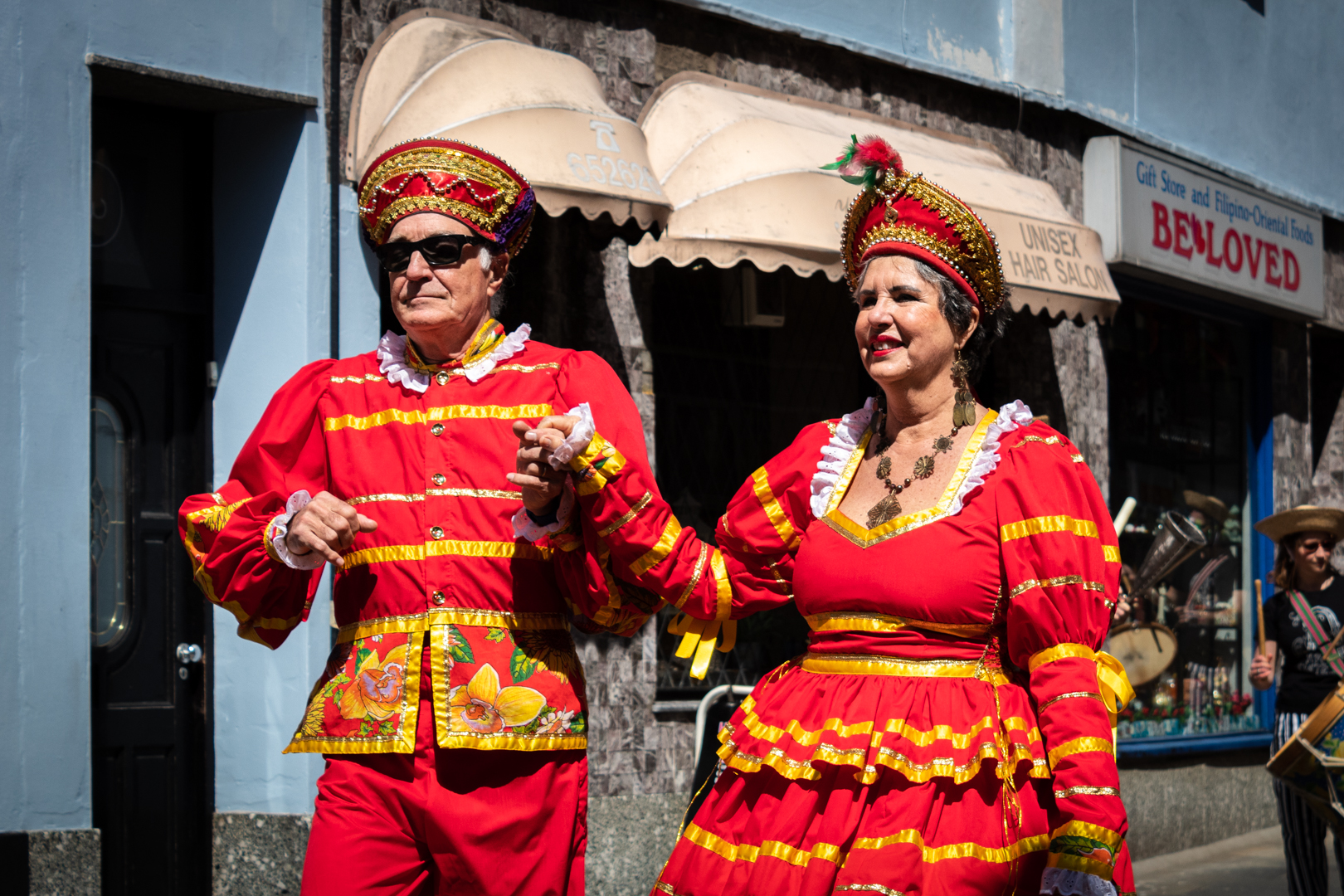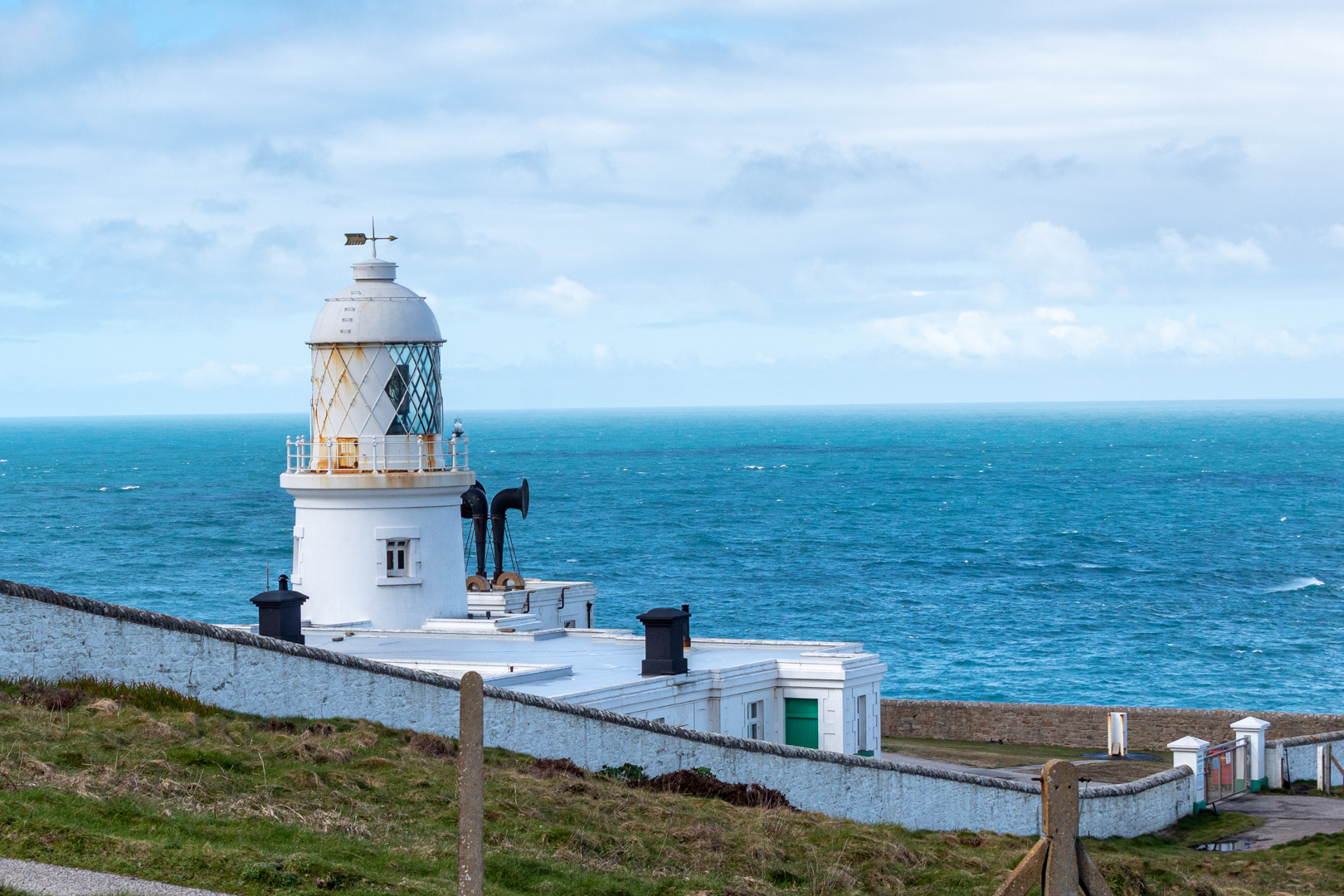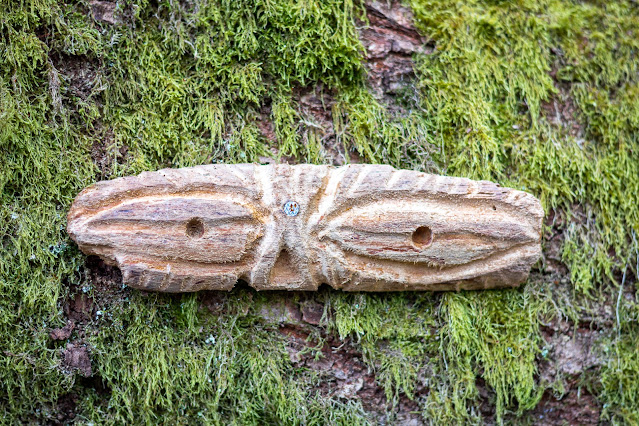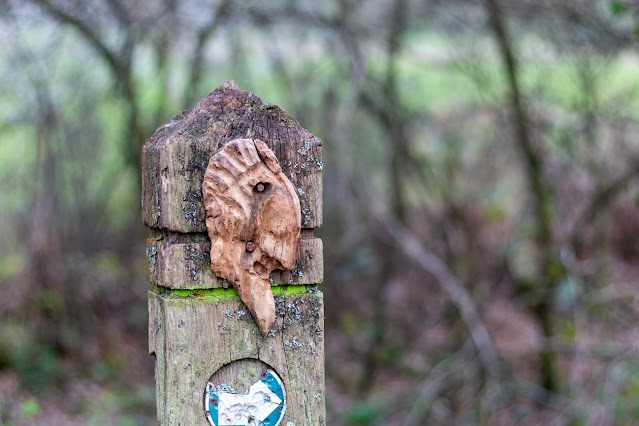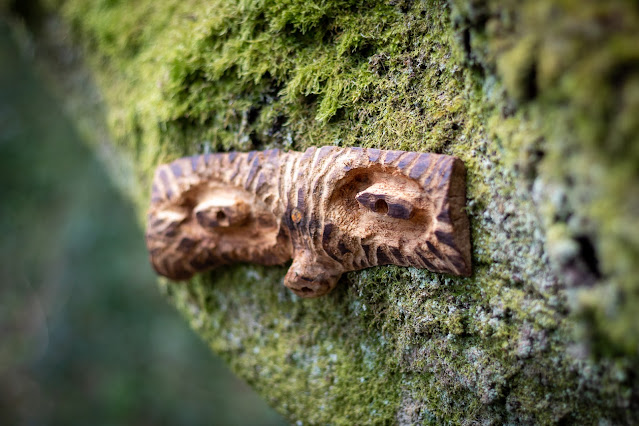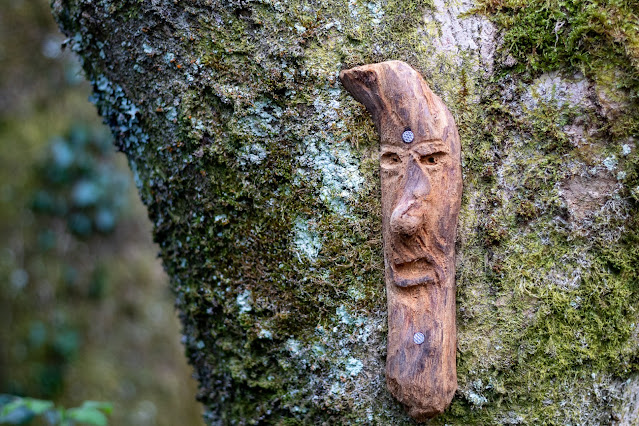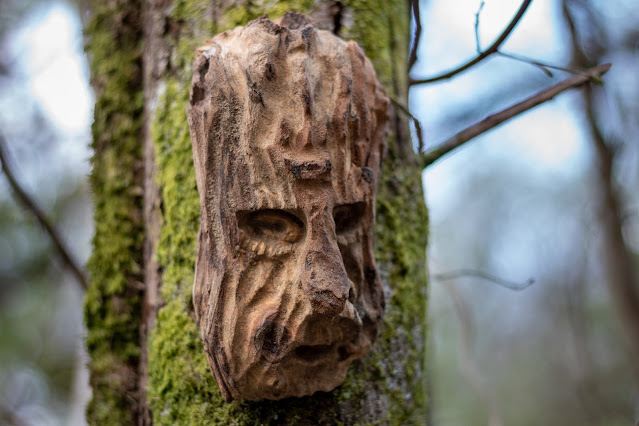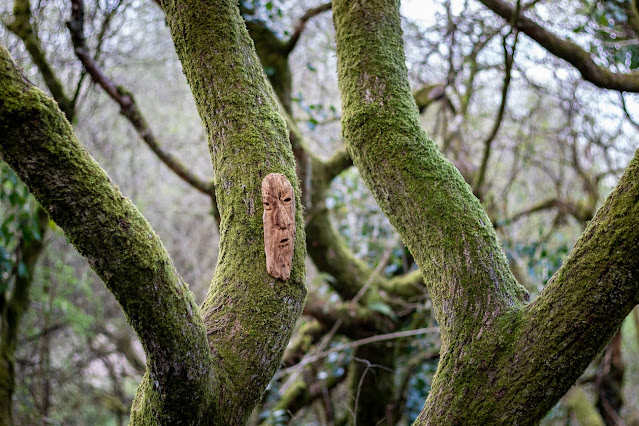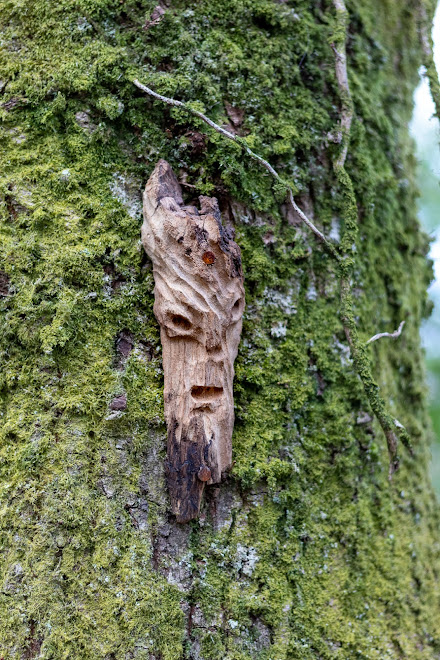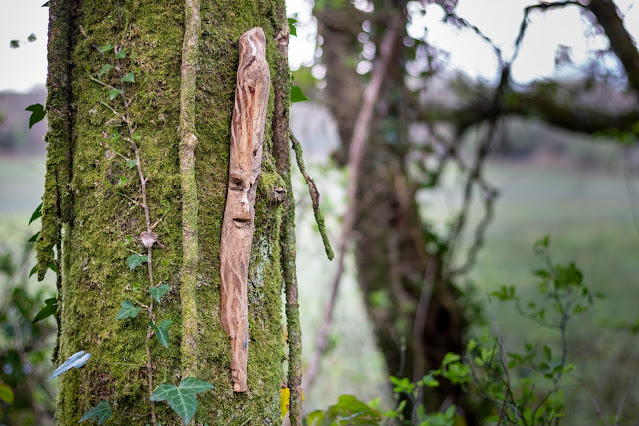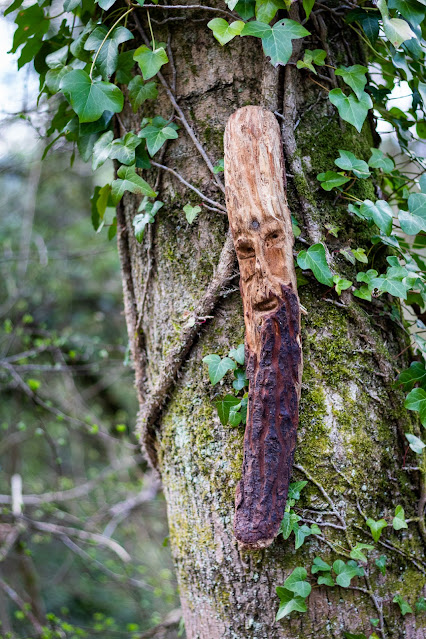Also known as Stepaside Ironworks, Saundersfoot, Pembrokeshire
Like many ironworks in Wales, the works at Kilgetty
did not provide much iron during its
intermittent operational years.
Visit Date October 2023
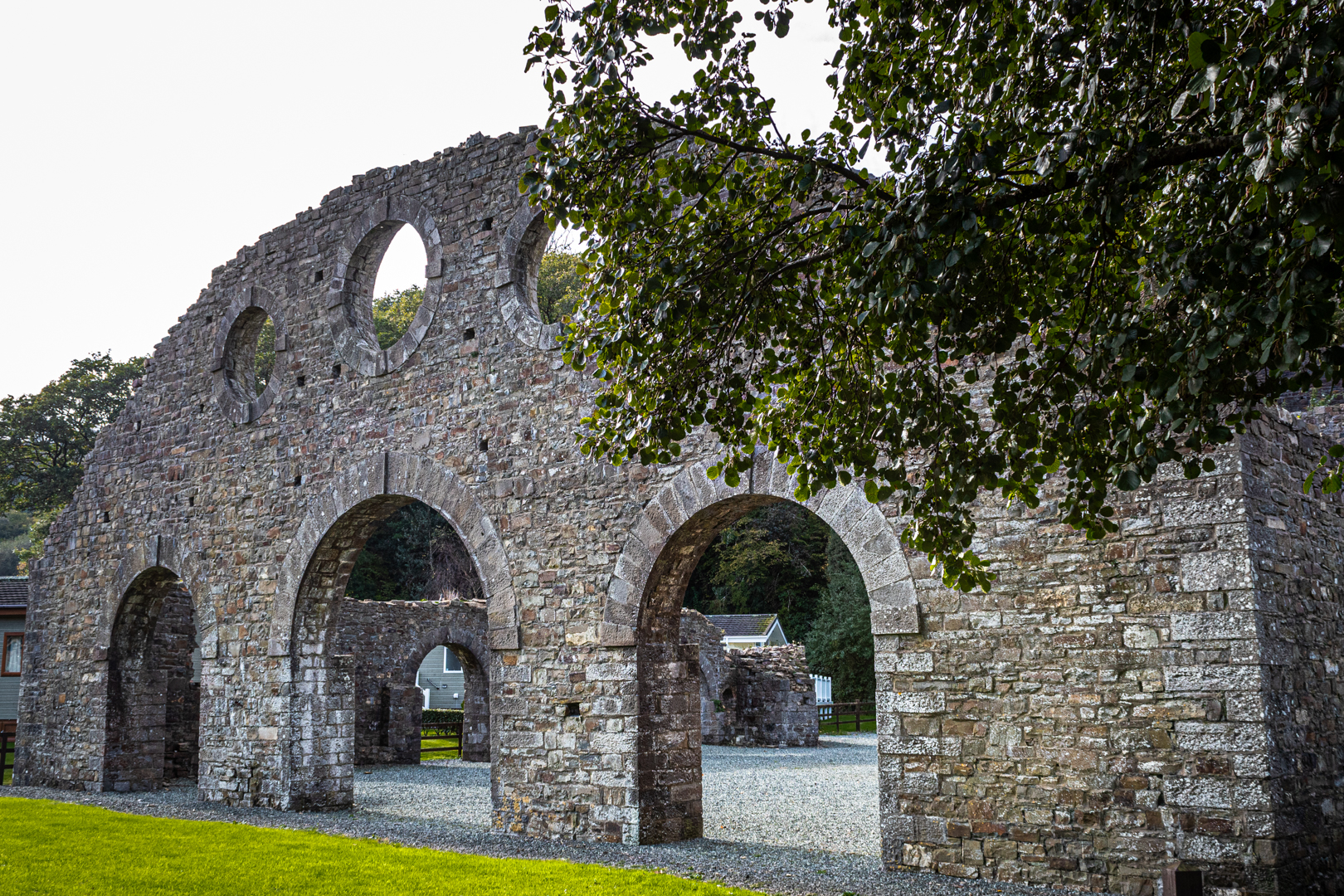 |
| Iconic image of Kilgetty Ironworks |
Following the successful introduction of anthracite smelting at Ynyscedwyn in 1836, Kilgetty Ironworks were established in 1848-49 by Charles Ranken Vickermann, a London solicitor, to exploit the local anthracite coal and haematite deposits.
 |
| The Cast House. |
The ore was obtained largely from levels driven in the cliffs between Saundersfoot and Amroth and transported by the branch line of the Saundersfoot Railway.
 |
| The Blowing and winding engine houses |
Known then by the name Pembrokeshire Iron and Coal Company by 1853 the works were at a standstill.
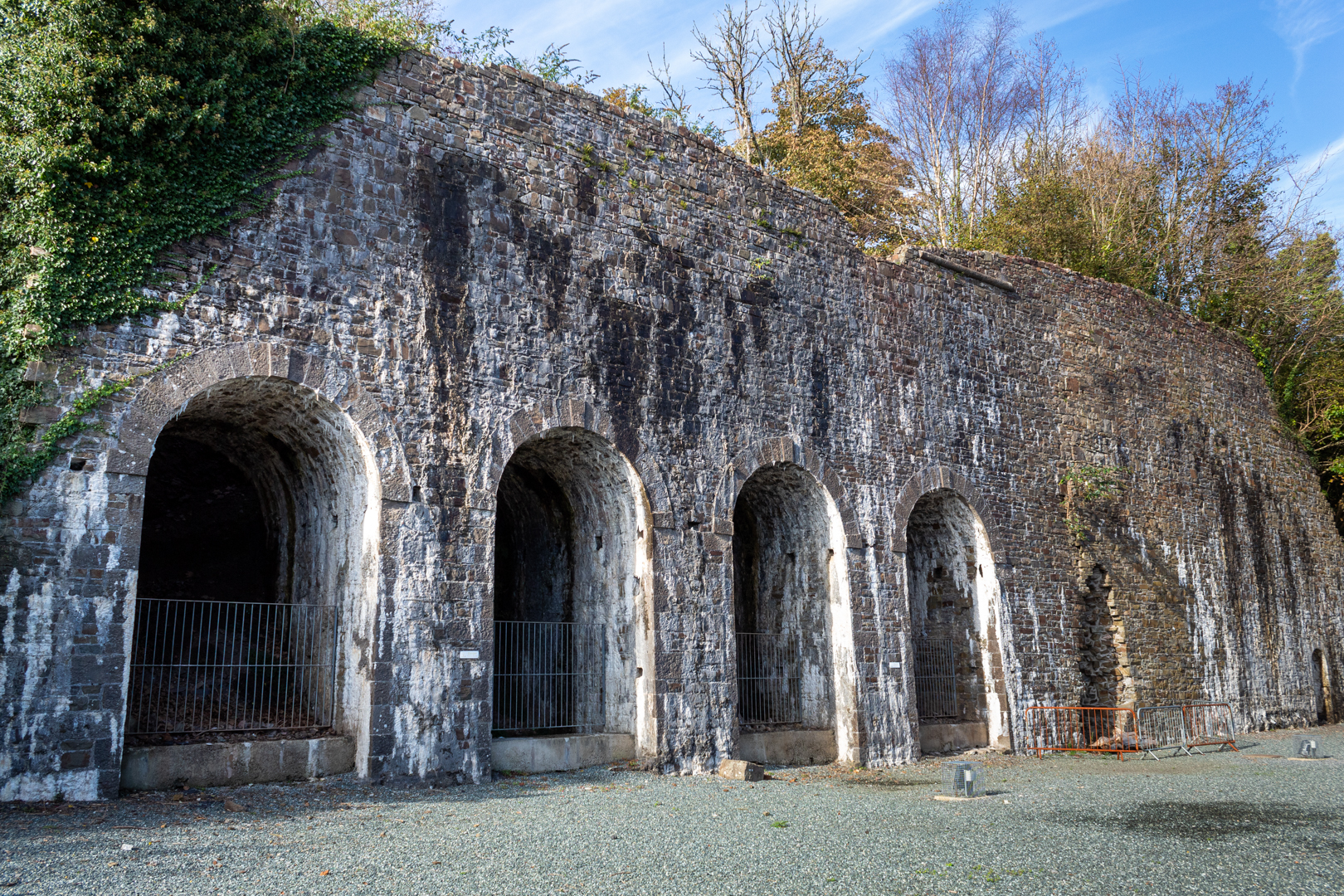 |
| The Furnace Wall |
In 1853 Grove Colliery was sunk just above the ironworks to provide fuel (This will be added in a further post), however production of both coal and iron was intermittent until 1859.
Revived once again in 1863 five further years of poor production resulted in the complex being sold in 1873 to Bonville's Court Coal and Iron Company.
In its final stage, the Iron Works consisted of 2 blast furnaces, blowing engines, coke ovens, workshops and lime kilns, however, no pig iron was produced after 1874 and work ceased in 1877.
The property and plant were auctioned in 1878. Vickermann was the successful (in fact the only) bidder.
 |
| Remains of the Smithy |
The works were dismantled in 1887-89. The chimney stack above the furnaces was eventually demolished in 1909.
Additional information: Also known as Stepaside Ironworks. Stepaside is a small holiday village and Information signs at Stepaside state that Stepaside got its name when Oliver Cromwell and his army passed through on their way to Pembroke. Cromwell is reported to have asked people in his way to step aside.
Visit Information: -
Google Reference: -
51.73398913017965, -4.693719186700272
Google Search term:
Kilgetty Ironworks
What Three Words reference: -
///broth.polka.verge
OS Details: -
SN 14087 07355 Altitude:14 m
Additional information.
There is parking here for a a dozen cars or so and the place is easy to visit.
The site is now alongside a Holiday Park
Off the A477 the turning marked for Stepaside, Wisemans bridge and Amroth. Then follow the brown heritage signs for the ironworks.
There are no facilities at the site.
A full list of blogs can be found at my website
